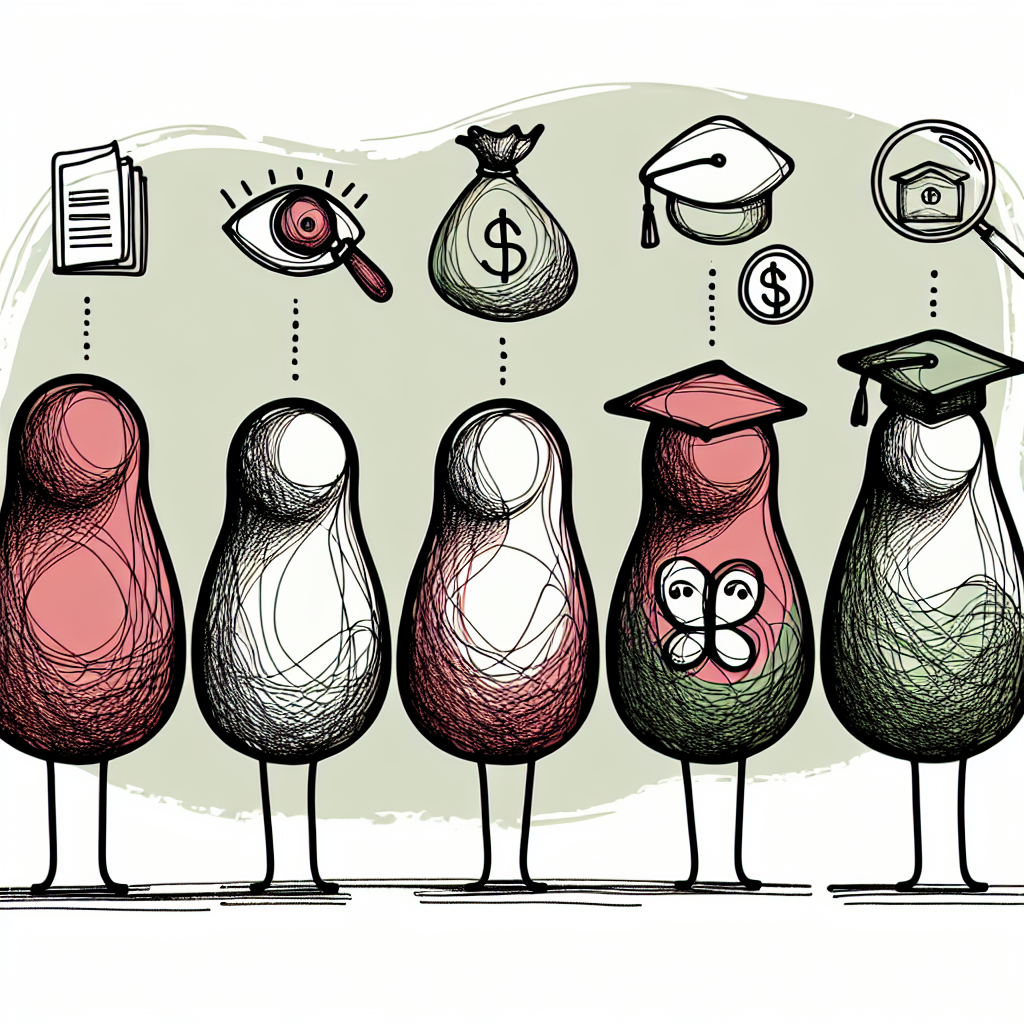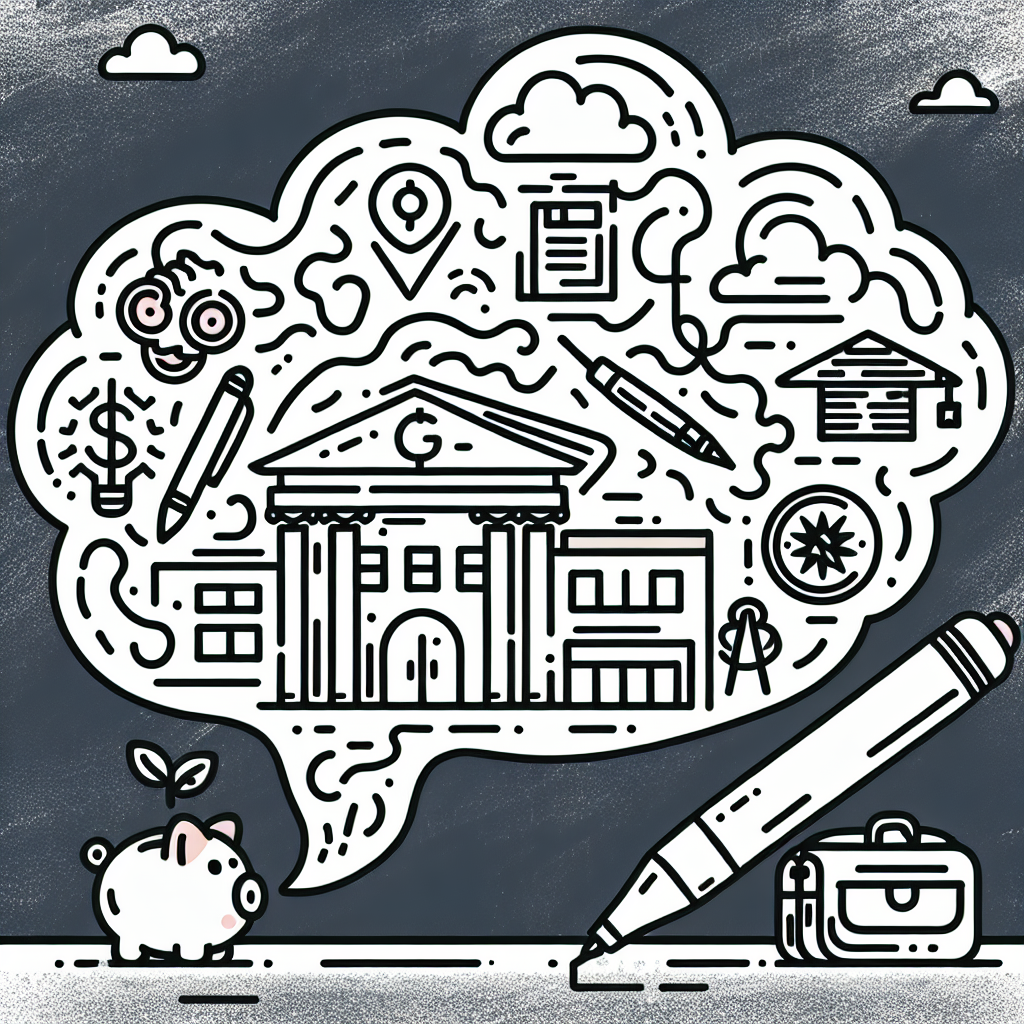Introduction
The term "Ivy Plus" schools refers to a group of elite U.S. universities recognized for their academic excellence, cultural influence, and socio-economic impact. According to the American Economic Association, the Ivy Plus classification includes the eight Ivy League schools—Brown, Columbia, Cornell, Dartmouth, Harvard, Princeton, the University of Pennsylvania, and Yale—along with Duke University, the Massachusetts Institute of Technology (MIT), Stanford University, and the University of Chicago.
Ivy Plus schools are known for their rigorous academic programs, highly selective admissions processes, and extensive alumni networks. These institutions play a central role in shaping leadership across sectors such as government, business, science, and the arts. Their cultural significance extends beyond academics, often symbolizing prestige and opportunity in the landscape of U.S. higher education. Socio-economically, Ivy Plus schools have considerable influence, with large endowments and resources that allow them to offer generous financial aid packages and conduct groundbreaking research.

The Landscape of Admissions
Admission Trends Over Time
In recent years, ivy plus schools have seen a significant increase in application volume, contributing to steadily declining acceptance rates. This growing selectivity reflects both heightened demand and the expansion of outreach initiatives that encourage a broader pool of applicants. Additionally, the rise of early decision and early action programs has transformed the admissions process. These programs now account for a substantial portion of incoming classes at ivy plus schools, often favoring applicants who are more informed, better resourced, and able to commit without comparing financial aid offers.
Disparities Based on Socioeconomic Status
Despite efforts to promote equity, ivy plus schools continue to admit high-income students at disproportionately higher rates. According to Scripps News, students from affluent families are admitted at over twice the rate of their low- or middle-income peers with similar academic credentials. Structural factors such as legacy preferences and donor influence contribute to this imbalance, providing significant advantages to applicants with elite familial or financial connections.
SAT/ACT Score Comparisons
Standardized test scores reveal another layer of disparity in ivy plus school admissions. Even when applicants from different socioeconomic backgrounds earn comparable SAT or ACT scores, admission outcomes remain unequal. This suggests that academic performance alone does not level the playing field, and that other variables—such as extracurricular opportunities, recommendation letters, and institutional priorities—play a critical role in shaping who gains entry to these highly competitive institutions.

📈 Insights from Opportunity Insights Research
Opportunity Insights, a research group based at Harvard University, has conducted extensive large-scale data analysis to better understand access to Ivy Plus schools. The researchers utilized anonymized tax and education records to track student backgrounds, admissions data, test scores, and long-term outcomes. This methodology enabled a comprehensive view of who gets admitted to these elite institutions and how it affects their future economic mobility.
The findings reveal a stark imbalance. Students from the top 1% of the income distribution are significantly overrepresented at Ivy Plus schools. In contrast, high-achieving students from low-income families are underrepresented, despite having comparable academic credentials. The data also indicate that admissions decisions tend to disproportionately favor applicants from elite private high schools and affluent zip codes.
These disparities have major implications for higher education. Ivy Plus schools—due to their selective admissions and influential alumni networks—serve as critical gatekeepers of economic opportunity. When their admissions processes favor the wealthy, they reinforce existing income and wealth gaps rather than mitigate them. This challenges the role of these institutions in promoting social mobility and calls into question the fairness of their admissions practices.

💵 Resources, Endowments, and Institutional Advantages
Financial Power
Ivy Plus schools possess extraordinary financial resources, with a combined endowment totaling approximately $281 billion (My Side of Paradise). This immense financial power allows these institutions to offer smaller class sizes, ensuring more personalized attention and interaction between students and faculty. It also supports extensive student services, such as academic advising, mental health counseling, and state-of-the-art campus facilities. These advantages contribute to consistently high retention and graduation rates across Ivy Plus schools.
Impact on Student Experience
The considerable endowments held by Ivy Plus schools directly enhance the student experience. Students benefit from increased access to faculty mentorship, substantial funding for undergraduate and graduate research, and robust career placement services, including expansive alumni networks. These resources create a supportive academic and professional environment that is difficult to replicate elsewhere. In contrast, public universities—often constrained by tighter budgets—may struggle to provide the same level of individualized support, leading to disparities in outcomes and opportunities between students at Ivy Plus schools and those at less well-funded institutions.
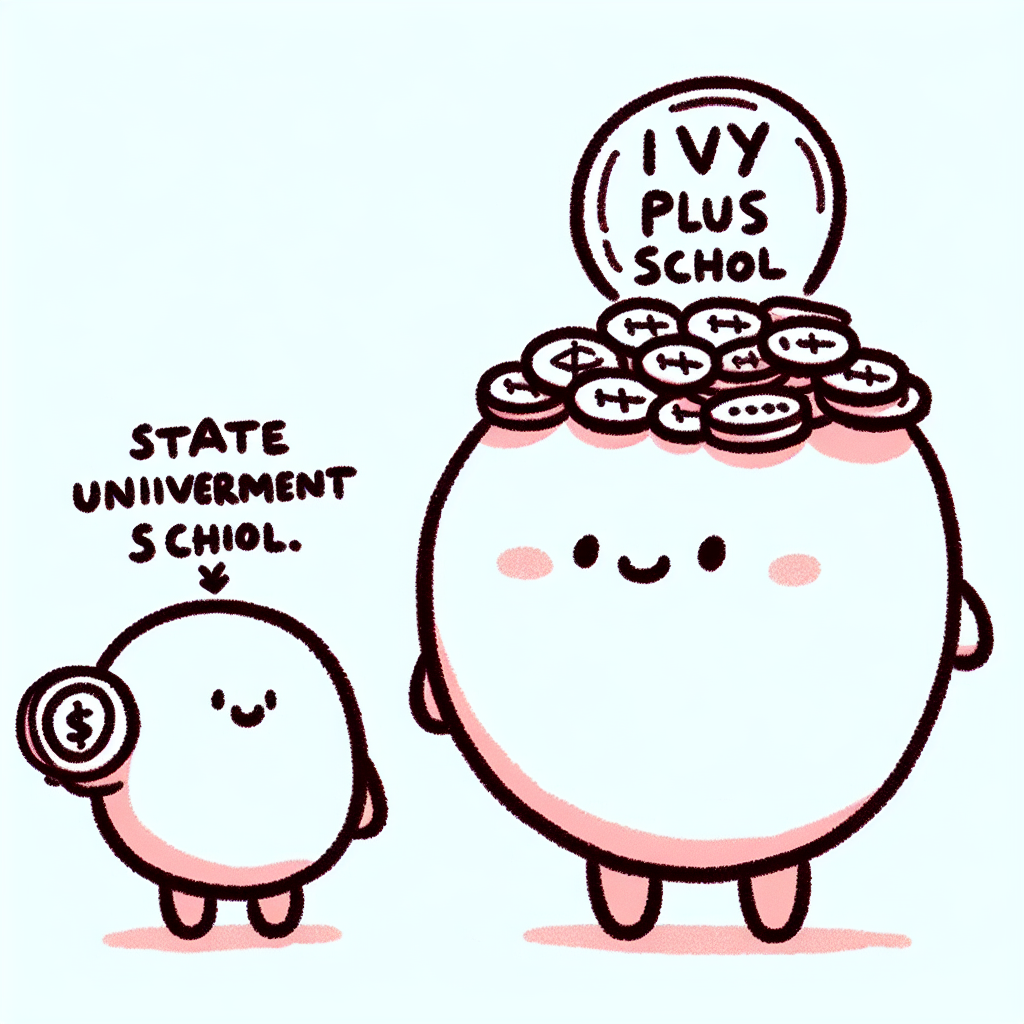
Socioeconomic Mobility and the Role of Ivy Plus Schools
Pathways to Upward Mobility
Ivy Plus schools play a significant role in shaping the economic futures of their students. Research from Opportunity Insights shows that attending a highly selective college can substantially increase lifetime earnings for students from low-income backgrounds. These institutions offer access to influential networks, high-quality education, and career opportunities that can propel students into higher income brackets.
However, current admission patterns at Ivy Plus schools limit this potential. Students from the top income brackets are disproportionately represented, while those from low-income families remain underrepresented. As a result, the transformative impact of attending these schools is often inaccessible to those who could benefit most.
The Missed Opportunity
Expanding access to Ivy Plus schools for low- and middle-income students presents a powerful opportunity to improve intergenerational mobility in the United States. Increasing enrollment from these groups could help reduce income inequality and create more equitable economic outcomes.
To achieve this, Ivy Plus schools must prioritize outreach to underrepresented communities, enhance affordability through need-based financial aid, and provide robust support systems once students are enrolled. These measures can ensure that talent—not family income—determines access to the lifelong advantages these institutions offer.
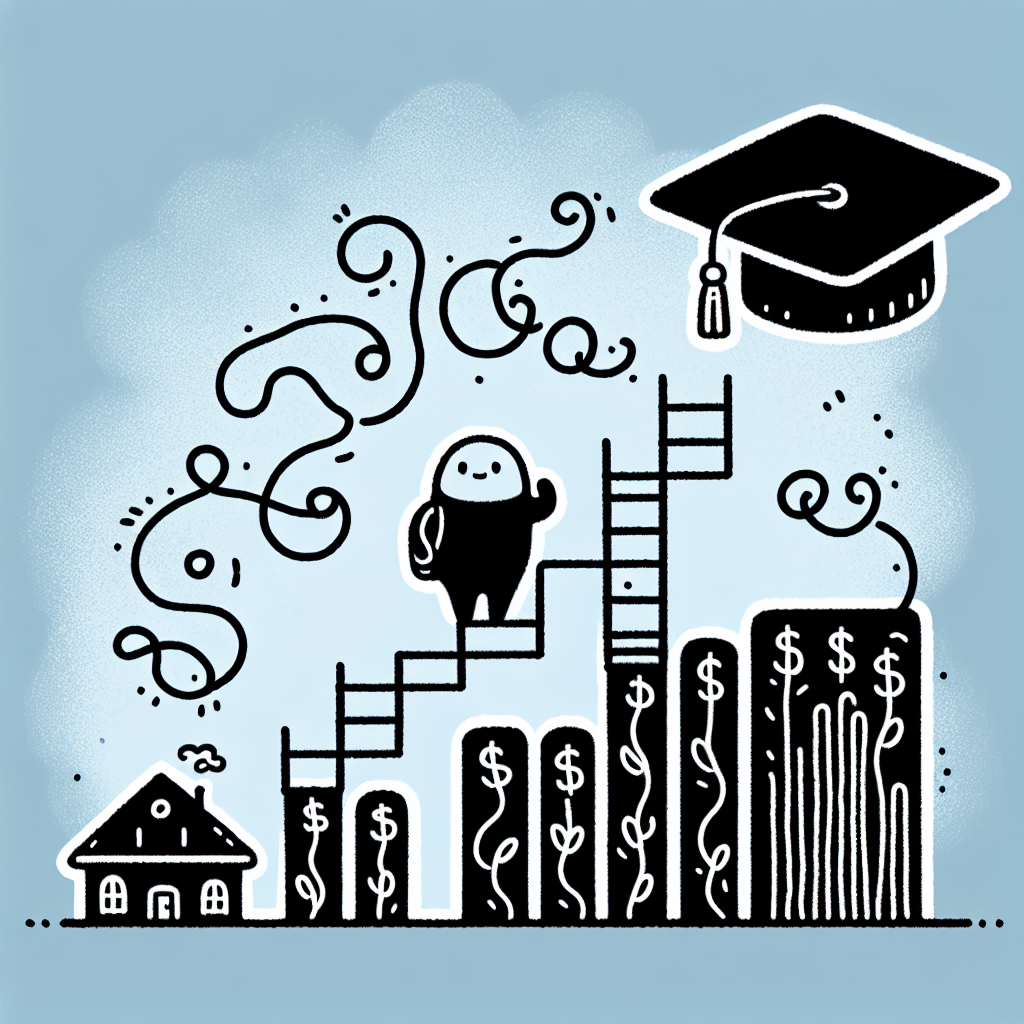
Collaboration and Innovation Beyond Admissions
Ivy Plus schools extend their influence far beyond selective admissions, engaging in collaborative efforts that shape academic and research landscapes.
Ivy Plus Libraries and Digital Initiatives
One significant area of collaboration among Ivy Plus schools is through their libraries and digital initiatives. Institutions such as Harvard, Yale, and Princeton work together on joint scholarly projects, particularly in specialized fields like East Asian studies. These partnerships support the development of shared research guides, curated collections, and coordinated acquisitions to deepen collective expertise. For example, the Ivy Plus Libraries East Asian Studies initiative fosters resource sharing and research support across member institutions (Duke Library Guide).
Additionally, Ivy Plus libraries provide shared access to digital repositories and research tools, allowing students and faculty to collaborate across campuses. This includes joint investments in digitization projects, open-access platforms, and data-sharing infrastructures that enhance scholarly communication and preserve academic knowledge.
Broader Academic Influence
Beyond library systems, Ivy Plus schools also play leadership roles in shaping national research agendas. Through faculty collaboration and institutional partnerships, these universities help define priority areas for federal research funding and influence the direction of academic inquiry.
Furthermore, Ivy Plus schools often work with think tanks and policy institutes to develop evidence-based policy recommendations. This collaboration bridges academia and public policy, allowing research conducted at these institutions to inform legislative decisions and societal change. These efforts underscore the broader impact of Ivy Plus schools on innovation, policy, and global academic discourse.

Policy and Practice Recommendations
Rethinking Admissions
Ivy Plus schools should adopt more holistic admissions processes that assess applicants beyond standardized test scores and traditional metrics. This includes evaluating personal experiences, leadership potential, and community impact. A critical step is to reduce the weight of legacy status and donor influence, which can perpetuate inequality and limit access for talented students from less privileged backgrounds.
Enhancing Access and Equity
To improve access, Ivy Plus schools must actively recruit students from underrepresented high schools and geographic areas. Increasing need-based financial aid and eliminating application or enrollment fees are essential steps to remove economic barriers. Additionally, publishing clear and accessible admissions data can foster transparency and build public trust in the fairness of the process.
Leveraging Endowments for Inclusion
With substantial endowments, Ivy Plus schools are well-positioned to invest in inclusion initiatives. More funding should be directed toward supporting students from disadvantaged backgrounds through bridge programs, mentorship opportunities, and academic support services. These efforts can help close achievement gaps and improve retention.
Institutional Accountability
Regular audits focused on diversity and equity outcomes can help Ivy Plus schools evaluate the effectiveness of their policies. Publicly reporting metrics on the socioeconomic diversity of their student bodies ensures accountability and encourages continuous improvement in fostering inclusive environments.
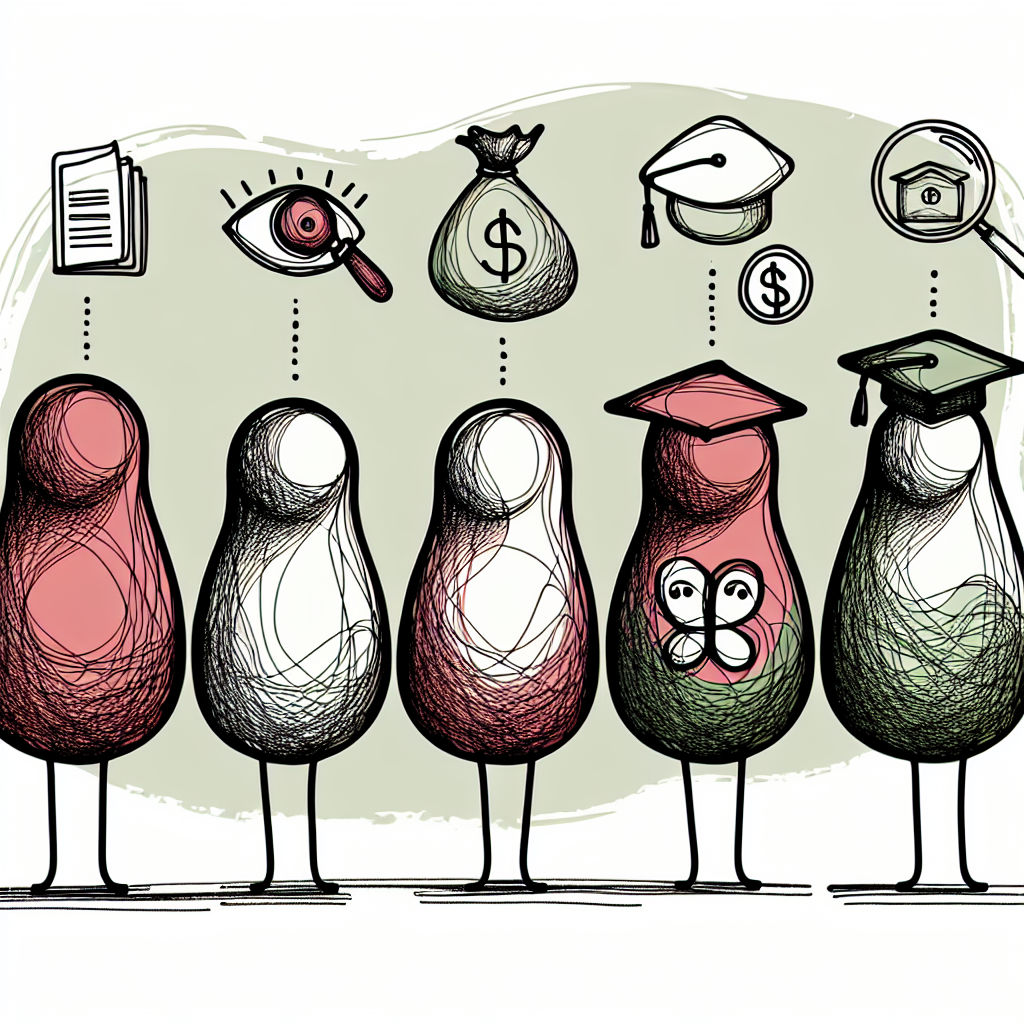
Conclusion
Ivy Plus schools carry immense prestige and influence in the realm of higher education. Their academic excellence, global reputation, and powerful alumni networks make them key players in shaping societal and economic outcomes. However, with this influence comes responsibility. These institutions have the capacity—and the obligation—to address longstanding admissions inequities that often favor the privileged.
By leveraging their vast endowments and institutional resources, Ivy Plus schools can take meaningful steps toward increasing access for underrepresented and low-income students. This includes reevaluating legacy admissions, expanding outreach programs, and investing in need-based financial aid.
If Ivy Plus schools commit to these changes, they can help restore the American dream of upward mobility, using their influence not only to maintain excellence but also to foster a more equitable higher education landscape.




